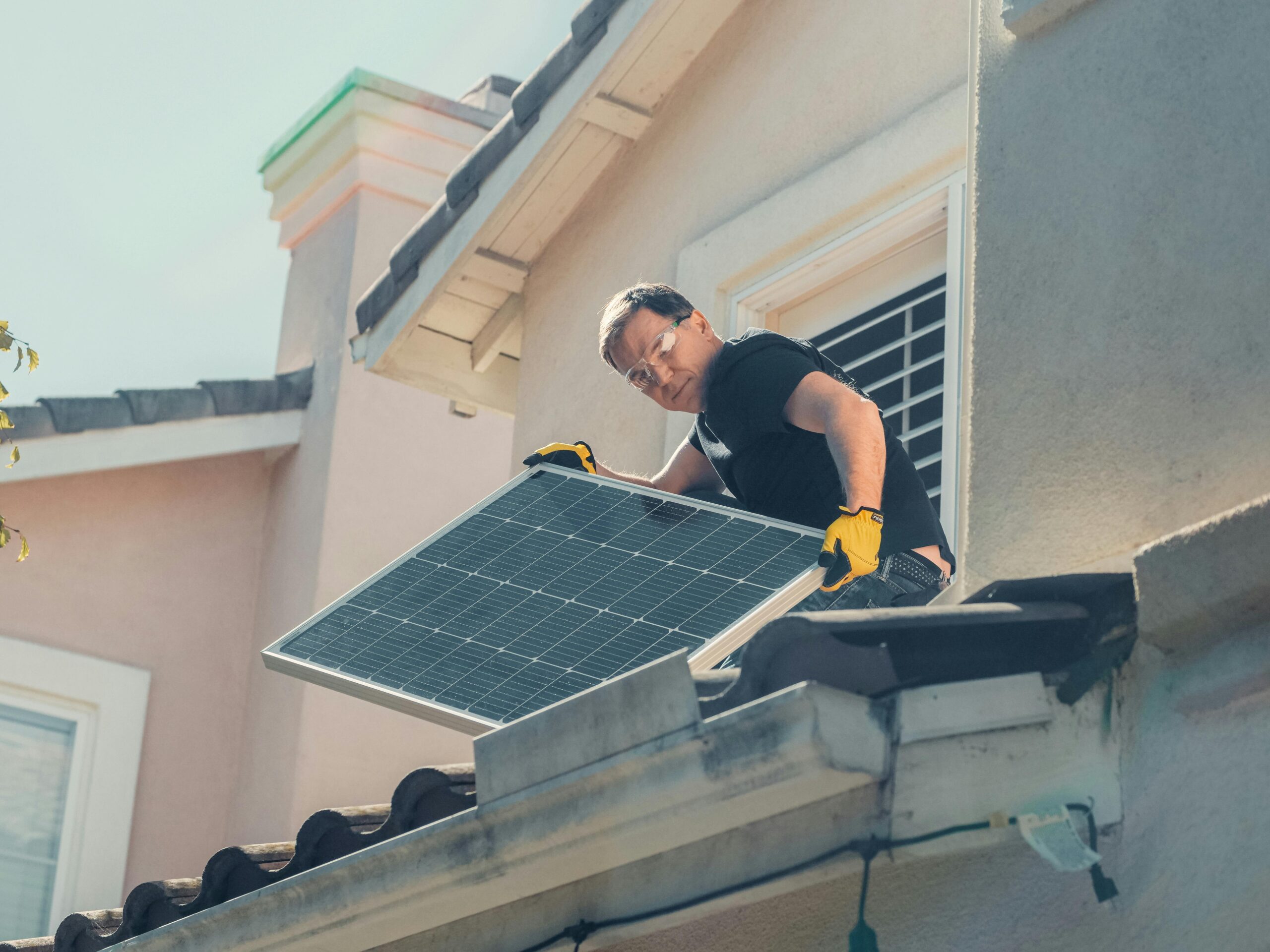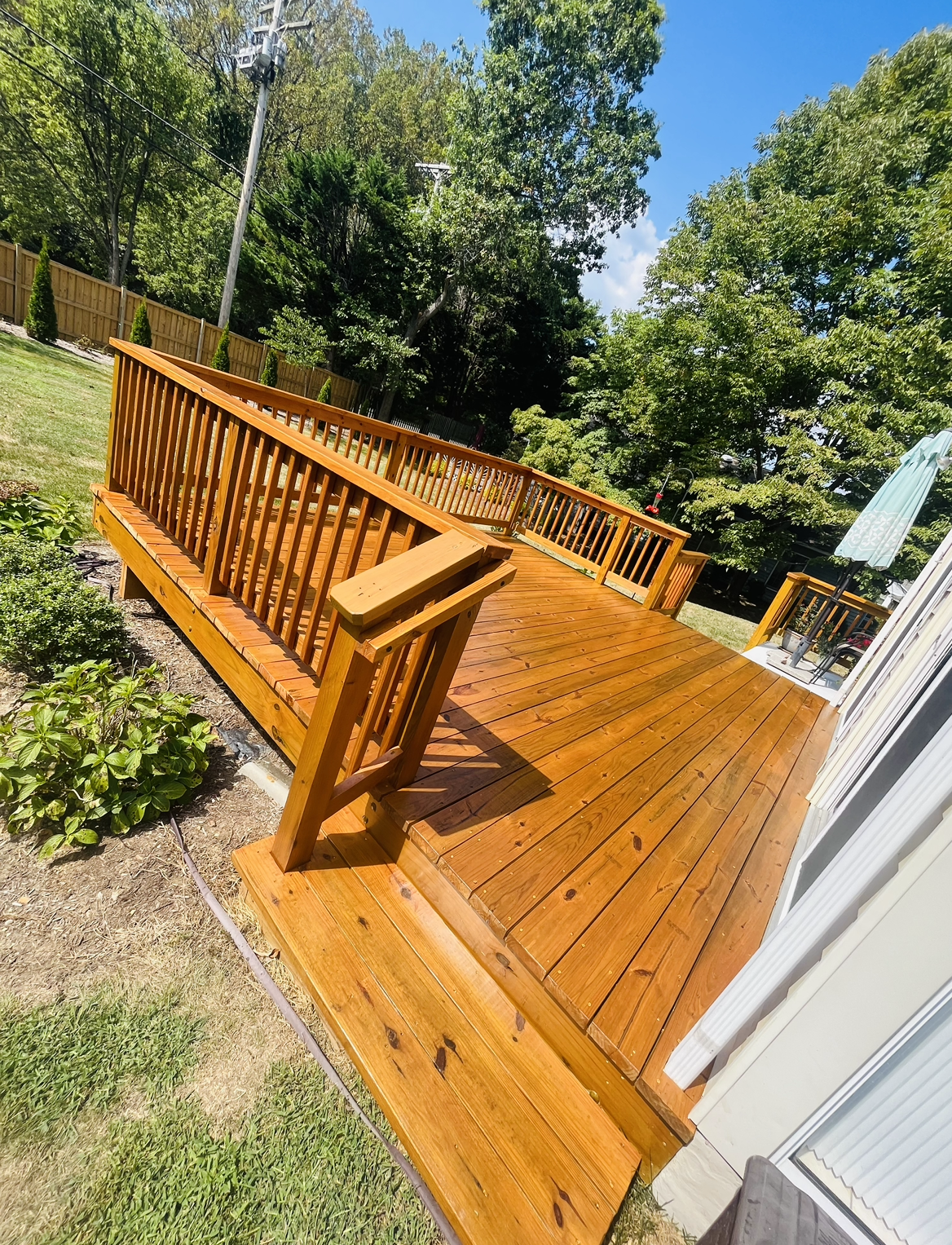“`html
Your home’s exterior is more than just a facade—it’s a shield against the elements and the first impression you make. Neglecting it can lead to costly structural damage, decreased property value, and lost curb appeal. Power washing and painting are two of the most impactful yet often underestimated home maintenance tasks. Done correctly, they remove harmful contaminants like mold, mildew, and grime while creating a protective, beautiful surface. This article explores professional techniques to revitalize your siding, deck, fence, or drywall efficiently. Whether battling weathered wood or reviving vinyl, mastering these skills saves money and transforms your property from drab to dazzling.
Mastering the Art of Power Washing
Power washing is foundational to exterior revitalization. Using high-pressure water effectively removes dirt, algae, and loose paint, but improper technique can damage surfaces. Follow these guidelines:
- Match Pressure to Material: Use 500-600 PSI for wood decks/fences, 1200-1500 PSI for vinyl siding, and 3000+ PSI for concrete. Hold the nozzle 12-18 inches from surfaces to prevent etching.
- Pre-Treat Stubborn Stains: Apply biodegradable cleaners for mold or grease 10 minutes before washing. Rinse thoroughly to avoid residue.
- Work Strategically: Clean from top to bottom in overlapping strokes to prevent streaks. Always test a hidden area first.
For decks, work parallel to wood grain to avoid splintering. Avoid water infiltration around windows/doors by angling sprays downward.
Selecting Paints & Tools for Lasting Results
Choosing quality materials prevents premature peeling and reduces long-term maintenance. Consider these factors:
- Paint Type: Use 100% acrylic latex for siding (flexible and breathable), epoxy-based paint for metal railings, and solid-color stains for decks (penetrates wood fibers).
- Primer Necessity: Always prime bare wood, metal, or heavily repaired areas. Stain-blocking primers prevent tannin bleed on cedar or redwood.
- Tool Quality: Invest in synthetic bristle brushes for oil-based paints, nylon/polyester for latex. Use a ½-inch nap roller for smooth siding, ¾-inch for textured surfaces.
Opt for paint with UV inhibitors in sunny climates and mildewcide additives in humid regions.
Surface Preparation: The Make-or-Break Phase
Thorough prep accounts for 80% of a paint job’s longevity. After power washing, follow these steps:
- Repair & Sand: Patch holes in drywall or siding with exterior spackle. Sand rough areas and feather edges of old paint. Remove loose caulk and reapply paintable silicone around trim.
- Protect Surroundings: Cover plants, lights, and hardware with plastic sheeting. Use painter’s tape on windows—remove it immediately after painting to prevent adhesive buildup.
- Dry Completely: Allow surfaces 24-48 hours to dry post-washing. Test moisture by pressing tape to the surface—if no water appears under the tape, it’s ready.
Professional Painting Techniques
Application method affects durability and aesthetics. Avoid lap marks and drips with these pro tactics:
- Optimal Conditions: Paint between 50°F-85°F with low humidity. Avoid direct sunlight on freshly painted surfaces.
- Work in Sections: “Cut in” edges with a brush first, then roll adjacent areas while still wet. Maintain a “wet edge” by overlapping strokes.
- Layering Strategy: Apply two thin coats rather than one thick coat. Sand lightly with 220-grit sandpaper between coats for ultra-smooth adhesion.
For fences, spray paint for speed, then back-brush to work paint into crevices. On decks, apply stain with a pad applicator following wood grain.
Power washing and painting are transformative yet economical home investments. By selecting appropriate materials, meticulously preparing surfaces, and applying coatings with proven techniques, you’ll add years to your home’s exterior. Remember: proper prep prevents peeling, and two thin coats outperform one thick coat every time. Tackle one section per weekend to avoid overwhelm—start with high-visibility areas like the front door or porch. Consistent maintenance every 3-5 years minimizes future repairs. Grab your sprayer and brush; with these insights, your home won’t just look renewed—it’ll stand resilient against time and weather.
“`



